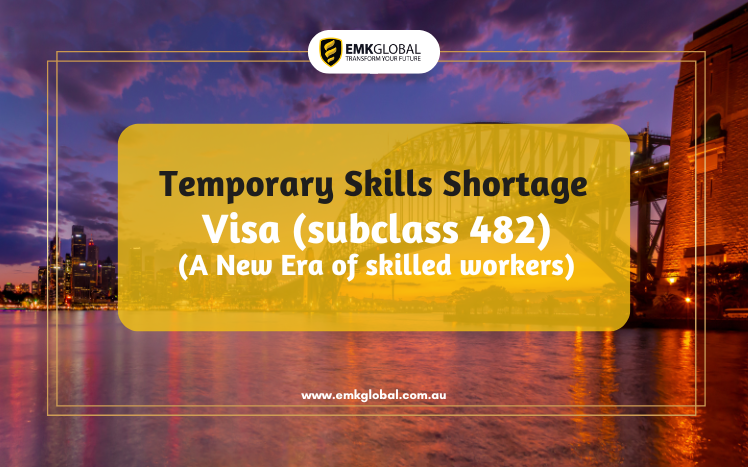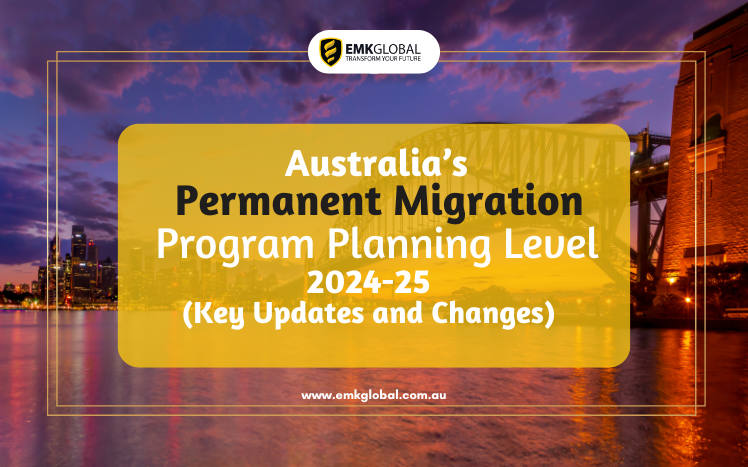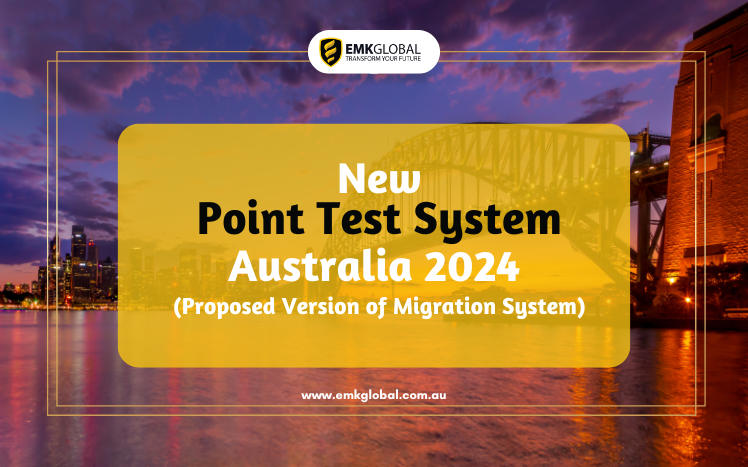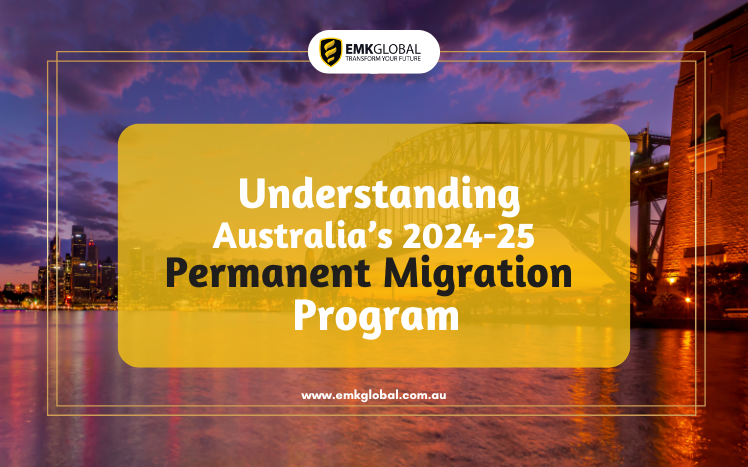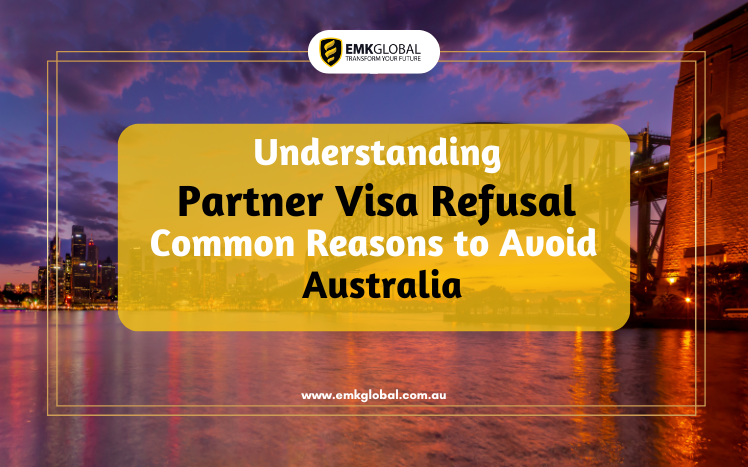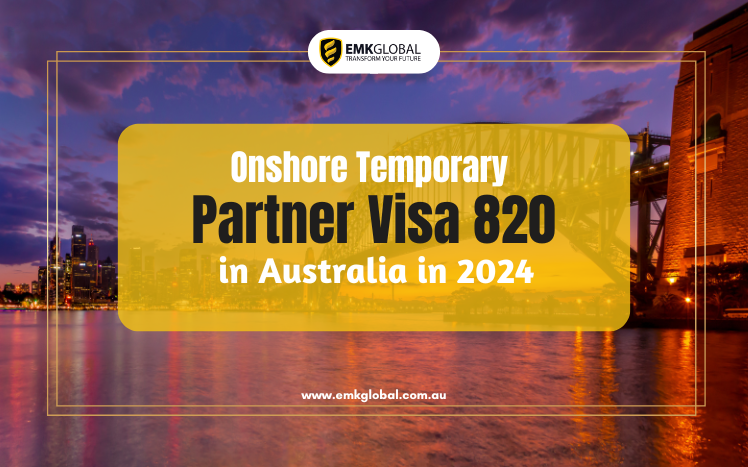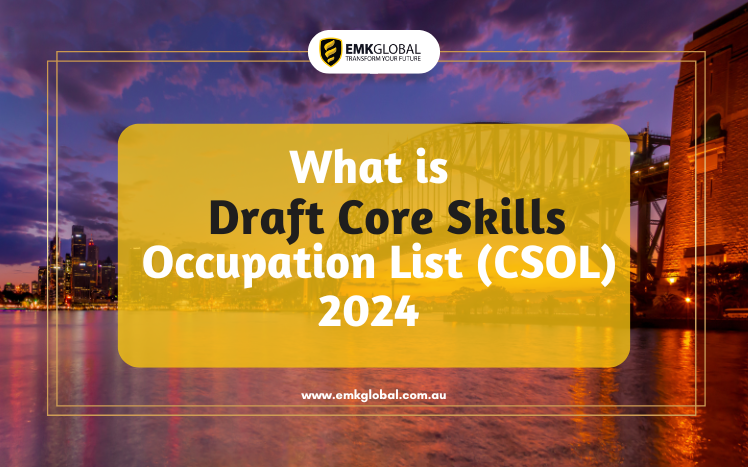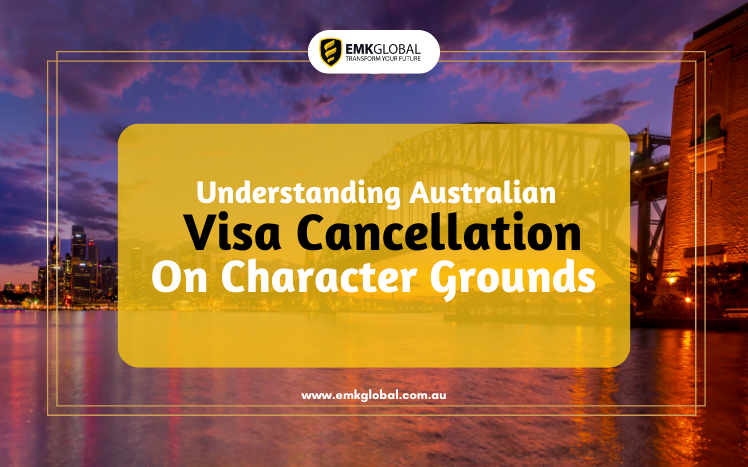Starting from 1 July 2024, the Australian government is implementing new changes to the Graduate Visa 485 eligibility criteria, which will significantly impact international students aspiring to stay and work in Australia post-graduation. The maximum eligible age for Graduate Visa 485 applicants will be reduced to 35 years of age or under at the time of application. However, there are important exceptions to this rule that bring good news for certain groups of students.
Exceptions for Masters (Research) and PhD Graduates
In a move to support higher education and research, the new age limit policy will still accommodate Masters (research) and doctoral degree (PhD) graduates. These students will be eligible to apply for the Graduate Visa 485 if they are under 50 years of age. This exception also extends to Hong Kong and British National Overseas passport holders, providing them with an extended age limit, reflecting Australia’s commitment to fostering research and development and maintaining strong international ties.
EMK Global: Your Partner in Research Admissions
For international students affected by the new age limit policy, EMK Global offers a lifeline. Specializing in facilitating admissions for research programs, EMK Global is poised to assist students in navigating the complexities of these changes and ensuring they can continue their academic and professional journeys in Australia.
Currently, EMK Global collaborates with a number of institutions offering Master by research programs that come with flexible entry requirements and very affordable tuition fees. This is an excellent opportunity for students who are nearing the new age limit to consider transitioning into research programs, thereby extending their stay in Australia and enhancing their qualifications.
Why Choose EMK Global?
- Expert Guidance: EMK Global provides personalized support, helping students identify suitable research programs and guiding them through the application process.
- Affordable Tuition Fees: Partner institutions offer competitive tuition rates, making higher education in Australia more accessible.
- Flexible Entry Requirements: With a variety of programs available, EMK Global can help find the right fit for each student’s background and career aspirations.
Take Action Today
International students who are affected by the upcoming changes should act quickly to explore their options. EMK Global is ready to assist you in applying for research admissions and making a seamless transition to a research-based academic path.
Contact EMK Global today through this inquiry form:
https://tinyurl.com/ContactEMKGlobal
You can visit our offices to speak with our experienced advisors. Don’t miss this opportunity to secure your future in Australia!




